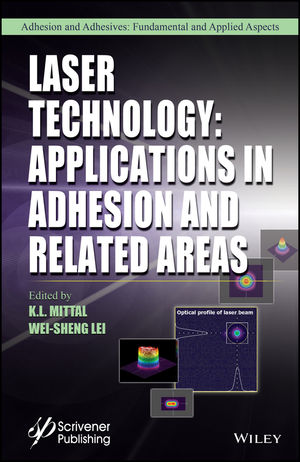ASC Regulatory Affairs to Focus on California in 2015

BETHESDA, MD – Regulatory actions in California, such as a revision to the Prop 65 labeling requirements and a possible alternative assessment evaluation of construction adhesive or sealant product under the state’s new Safer Consumer Product program, are expected to dominate the attention of the Adhesive and Sealant Council (ASC) in 2015.
While the California’s Office of Environmental Health Hazard Assessment (OEEHA) has not issued a proposed rule, the agency has informally suggested changes to the existing Prop 65 label that, according to the ASC, would add extraneous and inflammatory language to the existing warning label as well as an OEEHA-designed pictogram to indicate the product may pose a health hazard.
“ASC member companies consider any additional language or warning symbols to the existing label as unnecessary and a misguided attempt by the agency to characterize safe products, used daily by California consumers, as being inherently dangerous,” said Mark Collatz, ASC’s Director of Regulatory Affairs. “This is just another example of what happens when regulators focus on risk without considering actual exposure.”
In addition, California’s Department of Toxic Substances Control (DTSC) has identified building and construction products — including adhesives and sealants — as one of seven categories for possible review under the state’s Safer Consumer Product program in 2015.
“The challenge here is that DTSC has not completely worked out a process or determined the best tools for companies to use when conducting the required Alternative Assessment for a product in question,” said Collatz. “Every industry potentially impacted by these requirements needs to stay involved to be sure that the rules for determining whether there are safer alternative formulas that can be applied in a fair and rational manner and incorporate exposure variables within the risk models.”
Collatz also noted that the South Coast Air Quality Management District (SCAQMD) continues to consider changes to Rule 1168. While most of the substantive issues related to the adhesive and sealant VOC limiting rule appear to have been worked through last summer, Collatz emphasized that the industry will need to continue to monitor that issue until it is finalized.
Other issues the council will be monitoring in 2015 include: Federal Toxic Substances Control Act reform legislation, EPA’s MDI/TDI Chemical Action Plan, OSHA’s GHS Implementation Strategy, EPA’s Chemical Management Plan activities, and USGBC’s LEED v.4 activities.
As part of its Long Range Plan, ASC will be developing new tools to support members’ efforts to engage with regulators, lawmakers and other influencers. The new programs include a Communications Tool Kit, a Fly-In with the National Association of Manufacturers (NAM), a new Regulatory Affairs dashboard and a continued focus on leveraging the ASC’s Action Center.
The ASC Communications Tool Kit will provide data on the industry, along with messaging that is supportive of ASC’s overall positions on important issues impacting the sector, including TSCA reform, California’s Safer Products Rule, Rule 1168 and other matters. The tools will be used by ASC staff during any regulatory or lawmaker meeting, but will also be shared with members to use in their own messaging.
ASC will host a Fly-In in June 2015, working collaboratively with NAM. This two-day event will allow members to fly into Washington, DC, and participate in meetings and programming focused on legislative activities. They will then go to Capitol Hill and meet in groups with both representatives and senators.
The Regulatory Affairs dashboard will allow members to quickly determine ASC’s priority issues, its positions and leverage the information for internal meetings or for any communications outreach in which members are participating.
Looking for a reprint of this article?
From high-res PDFs to custom plaques, order your copy today!






